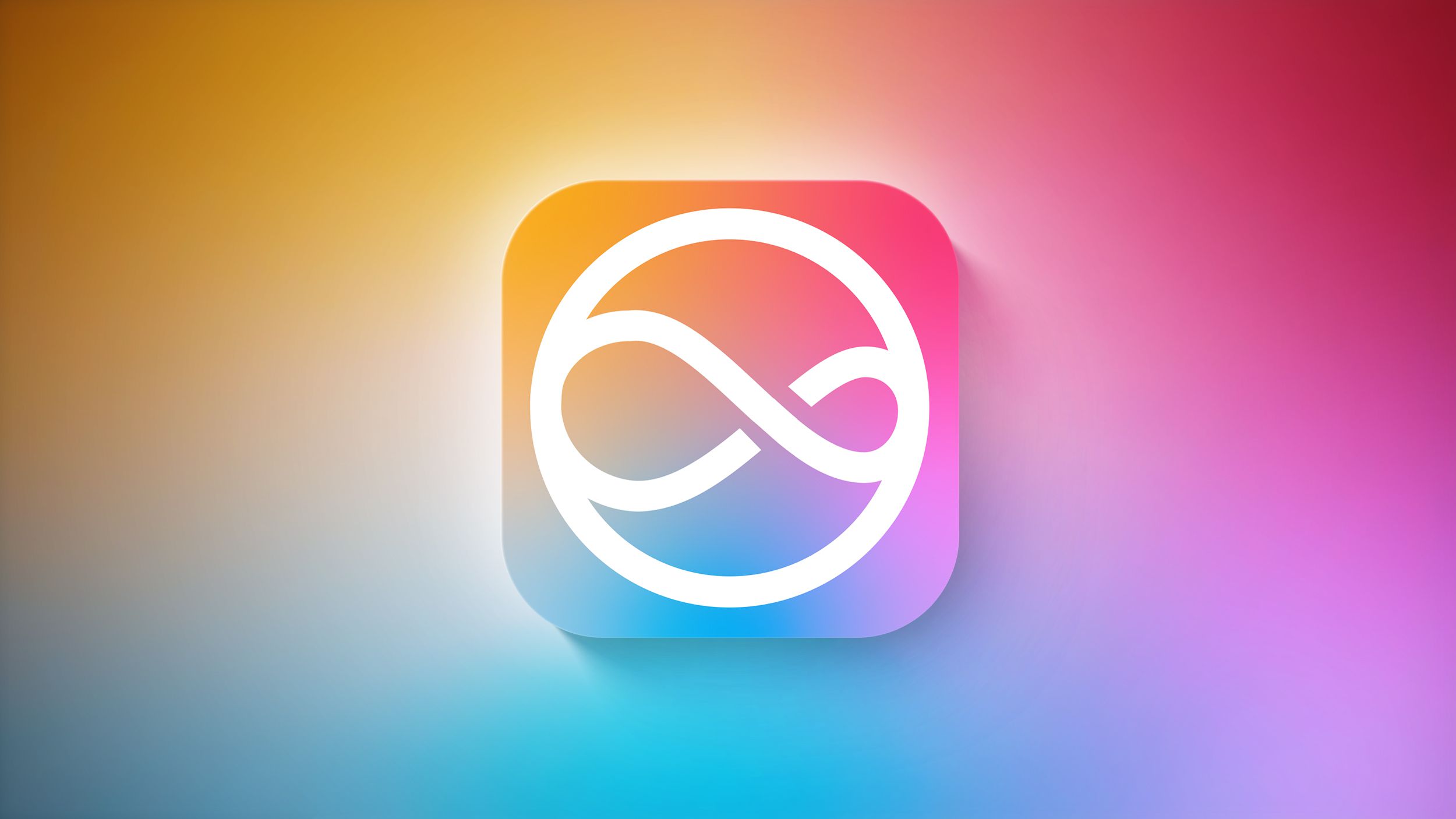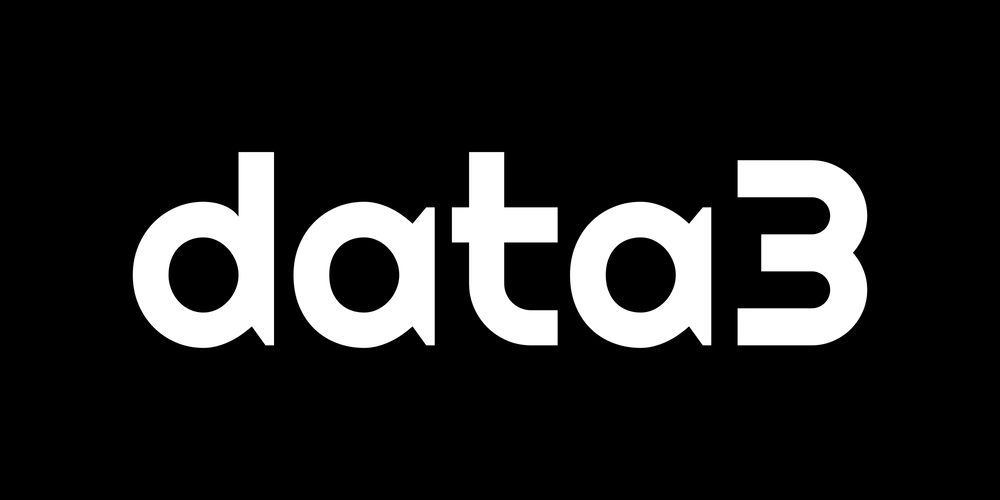My First Steps in JavaScript: Understanding Variables
Introduction Imagine stepping into a vast digital sandbox, ready to build anything you can dream of in a JavaScript program. In this creative space, variables are your essential building blocks and storage containers. Just like in a sandbox game where you need places to keep your tools, materials, and the scores of your players, variables in JavaScript are fundamental for holding all the information your program needs to work. They are the named boxes where you store data – from simple numbers and text to more complex structures that bring your digital world to life. In this post, we'll dig into what JavaScript variables are, why they're so crucial, how to create and name them, and how you can start using them to shape your own interactive experiences. Get ready to lay the foundation for your coding adventure! What are JavaScript Variables? At its core, think of a variable as a labeled container or a placeholder in your computer's memory where you can store a piece of information (a value). This information can be a number (like 10), text (like "Hello"), a true/false value, or even more complex data. The "variable" part of the name is key: the value stored in a variable can change or "vary" as your program runs. Why Do We Even Need Variables? You might wonder, "Can't I just use values directly?" Let's see. Open your web browser's developer console (usually by right-clicking on a webpage and selecting "Inspect," then clicking the "Console" tab). If you type 5 + 10 and press Enter, the console will show you 15. > 5 + 10 < 15 Great! But what if you want to use that result (15) in another calculation later without retyping it? Or what if you wanted to give that 15 a meaningful name? Directly typing values into the console doesn't let you easily recall or reuse them by name. This is precisely the problem that variables solve! Variables allow us to give a name to a piece of data, store it, and then refer back to it, use it in calculations, or display it whenever we need it using that name. How to Create (Declare) Variables in JavaScript To create a variable in JavaScript, you "declare" it. Modern JavaScript primarily uses two keywords for this: let and const. You might also encounter var in older code. Using let Use let when you expect the variable's value to change during your program's execution. Declaration: You can declare a variable without giving it an initial value. let userAge; Assignment: You can then assign a value to it using the equals sign (=). userAge = 28; console.log(userAge); // Output: 28 Declaration and Assignment: You can do both in one step. let userName = "Alice"; console.log(userName); // Output: Alice Reassignment: The value of a variable declared with let can be updated. let score = 100; console.log(score); // Output: 100 score = 150; // Reassigning a new value console.log(score); // Output: 150 Using const Use const (short for "constant") when you know the variable's value should not change after it's first assigned. This helps make your code safer and easier to understand. Declaration and Assignment (Required): You must assign a value when you declare a const. const birthYear = 1992; console.log(birthYear); // Output: 1992 No Reassignment: Attempting to change a const variable's value will result in an error. // birthYear = 1993; // This would cause an error: Assignment to constant variable. This is good! It prevents accidental changes to values that should remain fixed. What About var? You might see var used in older JavaScript tutorials or codebases. var legacyVariable = "Old school"; While var still works, let and const were introduced in newer versions of JavaScript (ES6/ECMAScript 2015) to address some of var's quirks, particularly around something called "scope" (how and where variables are accessible). For new projects, it's generally recommended to use let and const. Naming Your Variables: Rules and Best Practices Choosing good variable names is crucial for writing clear and understandable code. Here are some rules and conventions: Rules: Variable names can contain letters, digits, underscores (_), and dollar signs ($). They must begin with a letter, an underscore (_), or a dollar sign ($). They cannot start with a number. Variable names are case-sensitive. This means myVariable and MyVariable are treated as two different variables. You cannot use JavaScript's reserved keywords (like let, const, if, for, function, etc.) as variable names. Best Practices (Conventions): Use camelCase: This is the most common convention in JavaScript for variable names that consist of multiple words. Start with a lowercase letter, and then capitalize the first letter of each subsequent word. Examples: firstName, totalAmount, isUserLoggedIn, petDog. Be Descriptive: Choose names that clearly indicate what kind

Introduction
Imagine stepping into a vast digital sandbox, ready to build anything you can dream of in a JavaScript program. In this creative space, variables are your essential building blocks and storage containers. Just like in a sandbox game where you need places to keep your tools, materials, and the scores of your players, variables in JavaScript are fundamental for holding all the information your program needs to work. They are the named boxes where you store data – from simple numbers and text to more complex structures that bring your digital world to life.
In this post, we'll dig into what JavaScript variables are, why they're so crucial, how to create and name them, and how you can start using them to shape your own interactive experiences. Get ready to lay the foundation for your coding adventure!
What are JavaScript Variables?
At its core, think of a variable as a labeled container or a placeholder in your computer's memory where you can store a piece of information (a value). This information can be a number (like 10), text (like "Hello"), a true/false value, or even more complex data. The "variable" part of the name is key: the value stored in a variable can change or "vary" as your program runs.
Why Do We Even Need Variables?
You might wonder, "Can't I just use values directly?" Let's see.
Open your web browser's developer console (usually by right-clicking on a webpage and selecting "Inspect," then clicking the "Console" tab). If you type 5 + 10 and press Enter, the console will show you 15.
> 5 + 10
< 15
Great! But what if you want to use that result (15) in another calculation later without retyping it? Or what if you wanted to give that 15 a meaningful name? Directly typing values into the console doesn't let you easily recall or reuse them by name.
This is precisely the problem that variables solve! Variables allow us to give a name to a piece of data, store it, and then refer back to it, use it in calculations, or display it whenever we need it using that name.
How to Create (Declare) Variables in JavaScript
To create a variable in JavaScript, you "declare" it. Modern JavaScript primarily uses two keywords for this: let and const. You might also encounter var in older code.
-
Using
let
Use let when you expect the variable's value to change during your program's execution.
Declaration: You can declare a variable without giving it an initial value.
let userAge;
Assignment: You can then assign a value to it using the equals sign (=).
userAge = 28;
console.log(userAge); // Output: 28
Declaration and Assignment: You can do both in one step.
let userName = "Alice";
console.log(userName); // Output: Alice
Reassignment: The value of a variable declared with let can be updated.
let score = 100;
console.log(score); // Output: 100
score = 150; // Reassigning a new value
console.log(score); // Output: 150
-
Using
const
Use const (short for "constant") when you know the variable's value should not change after it's first assigned. This helps make your code safer and easier to understand.
Declaration and Assignment (Required): You must assign a value when you declare a const.
const birthYear = 1992;
console.log(birthYear); // Output: 1992
No Reassignment: Attempting to change a const variable's value will result in an error.
// birthYear = 1993; // This would cause an error: Assignment to constant variable.
This is good! It prevents accidental changes to values that should remain fixed.
-
What About
var?
You might see var used in older JavaScript tutorials or codebases.
var legacyVariable = "Old school";
While var still works, let and const were introduced in newer versions of JavaScript (ES6/ECMAScript 2015) to address some of var's quirks, particularly around something called "scope" (how and where variables are accessible). For new projects, it's generally recommended to use let and const.
Naming Your Variables: Rules and Best Practices
Choosing good variable names is crucial for writing clear and understandable code. Here are some rules and conventions:
Rules:
- Variable names can contain letters, digits, underscores (
_), and dollar signs ($). - They must begin with a letter, an underscore (
_), or a dollar sign ($). They cannot start with a number. - Variable names are case-sensitive. This means
myVariableandMyVariableare treated as two different variables. - You cannot use JavaScript's reserved keywords (like
let,const,if,for,function, etc.) as variable names.
Best Practices (Conventions):
-
Use
camelCase: This is the most common convention in JavaScript for variable names that consist of multiple words. Start with a lowercase letter, and then capitalize the first letter of each subsequent word.- Examples:
firstName,totalAmount,isUserLoggedIn,petDog.
- Examples:
-
Be Descriptive: Choose names that clearly indicate what kind of data the variable holds.
userNameis much better thanxorusrNm. This makes your code easier for others (and your future self!) to read and understand. -
Avoid Extremely Short Names (unless for simple counters): While
iis common for a loop counter, for most variables, a more descriptive name is better.
Practical Exercise: Getting Hands-On with Variables
Now it's time to practice! Open your browser's console and try these out. Remember to use let or const appropriately.
- Declare a new variable named
petDogand give it the name'Rex'. - Declare a new variable named
petCatand give it the name'Pepper'. - Log the
petDogvariable to the console. - Log the
petCatvariable to the console. - Log the following to the console: the text
"My pet dog's name is: "and thepetDogvariable. (Hint: You can use the + operator to join text and variables in console.log()). - Log the following to the console: the text
"My pet cat's name is: "and thepetCatvariable. - Declare another variable and name it
catSound. Assign the string of"purr"to it. - Declare another variable and name it
dogSound. Assign the string of"woof"to it. - Log the following to the console: the variable
petDog, then the string" says ", then the variabledogSound. - Log the following to the console: the variable
petCat, then the string" says ", then the variablecatSound. - Reassign the value stored in
catSoundto the string"meow". (Make sure you declared catSound with let for this to work!) - Log the following to the console: the variable
petCat, then the string" now says ", then the variablecatSound.
Example solution for step 1 & 3:
let petDog = 'Rex';
console.log(petDog);
Example solution for step 5:
console.log("My pet dog's name is: " + petDog);
Take your time with these exercises. They are designed to build your confidence!
Conclusion: Your Journey with Variables Has Begun!
Congratulations! You've taken a big step in your JavaScript journey by learning about variables. You now know:
- What variables are: Named containers for storing data.
- Why they're essential: They allow us to store, reuse, and manipulate data throughout our programs.
-
How to declare them: Using
letfor values that might change andconstfor values that shouldn't. - How to name them: Following rules and best practices like camelCase for readability.
Variables are a fundamental concept you'll use in every JavaScript program you write. As you continue learning, you'll see them in action constantly, holding different types of data and playing a key role in making your code dynamic and interactive.
Keep practicing, and don't be afraid to experiment. What's the next basic building block you're excited to learn about? Perhaps data types in more detail, or how to make decisions in your code with conditionals? Happy coding!














































































































































































![[The AI Show Episode 146]: Rise of “AI-First” Companies, AI Job Disruption, GPT-4o Update Gets Rolled Back, How Big Consulting Firms Use AI, and Meta AI App](https://www.marketingaiinstitute.com/hubfs/ep%20146%20cover.png)












































































































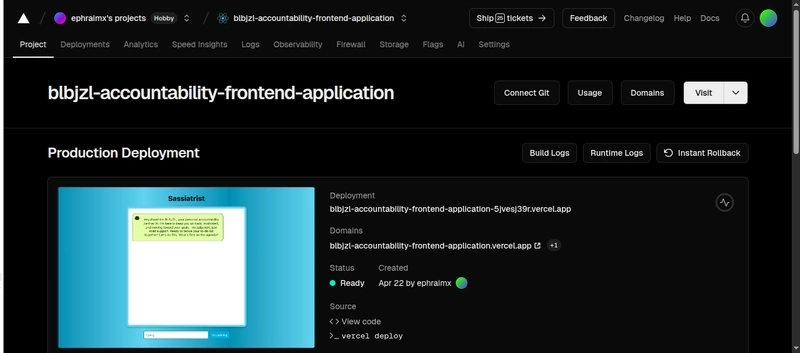

















![How to make Developer Friends When You Don't Live in Silicon Valley, with Iraqi Engineer Code;Life [Podcast #172]](https://cdn.hashnode.com/res/hashnode/image/upload/v1747360508340/f07040cd-3eeb-443c-b4fb-370f6a4a14da.png?#)




















































-(1).jpg?width=1920&height=1920&fit=bounds&quality=70&format=jpg&auto=webp#)

























































.jpg?#)









































































































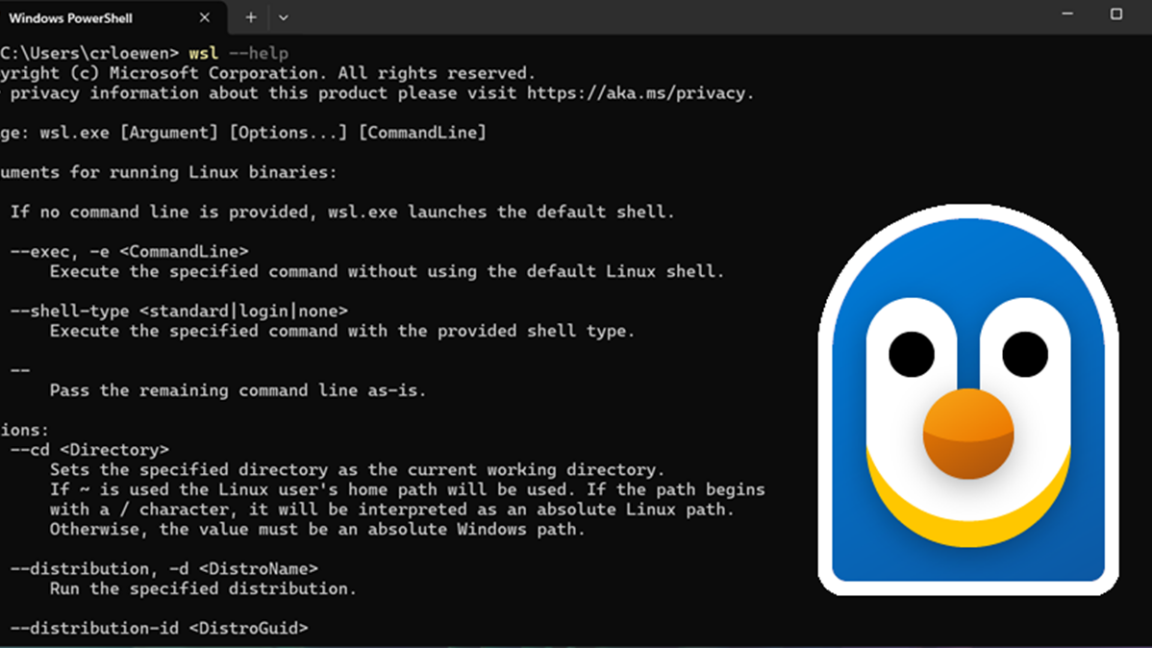





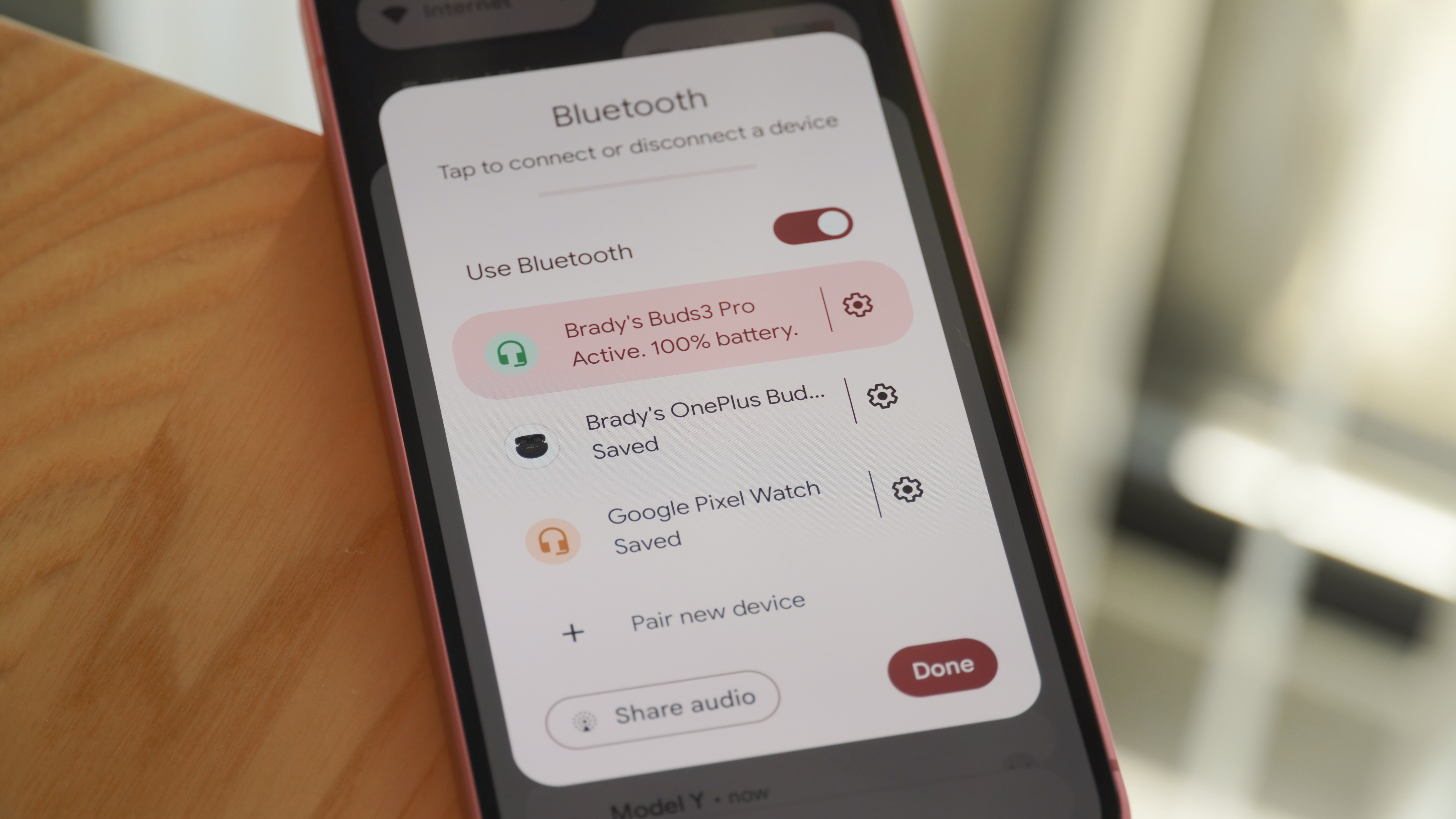
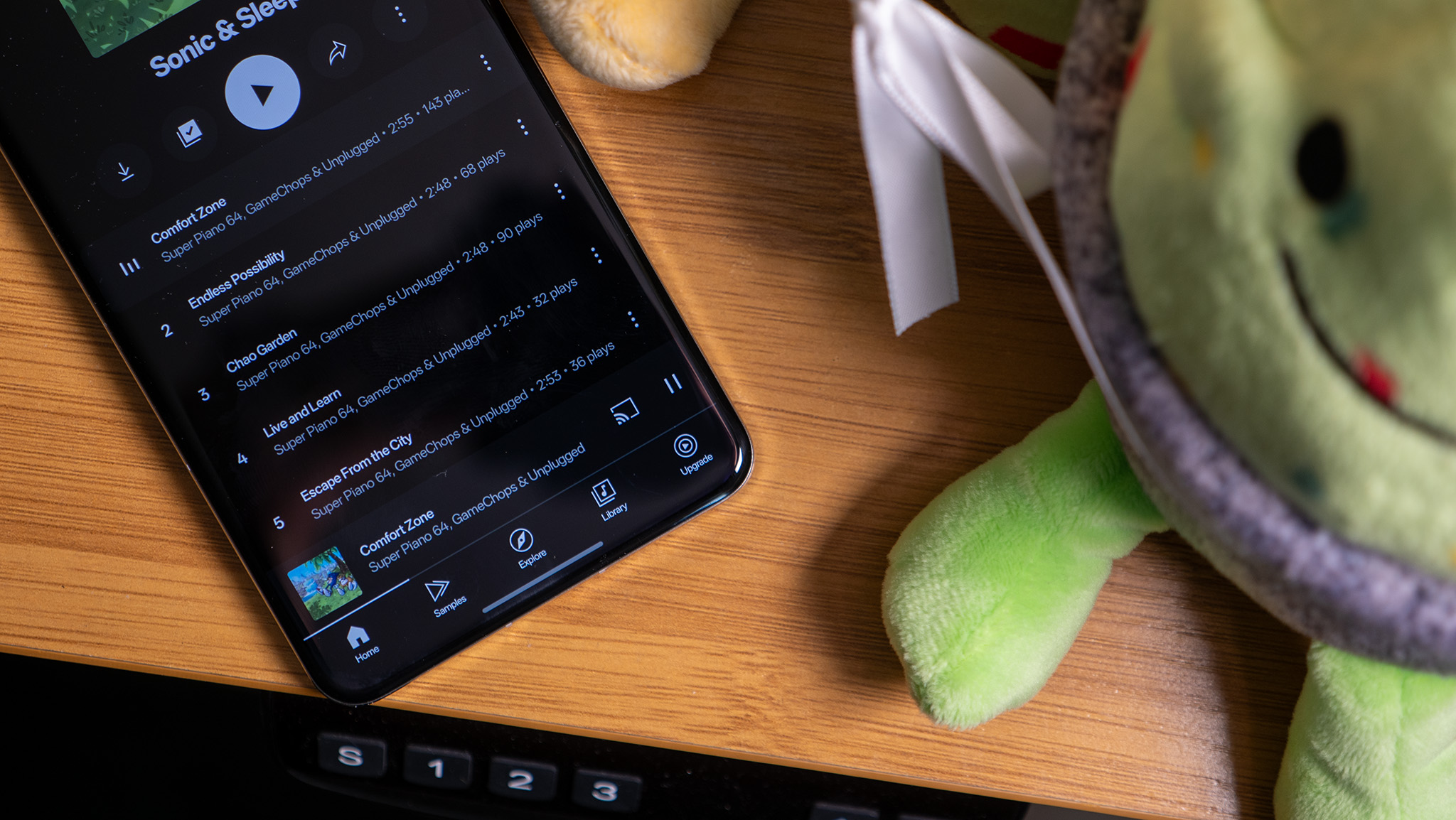
























![Apple's iPhone Shift to India Accelerates With $1.5 Billion Foxconn Investment [Report]](https://www.iclarified.com/images/news/97357/97357/97357-640.jpg)
![Apple Releases iPadOS 17.7.8 for Older Devices [Download]](https://www.iclarified.com/images/news/97358/97358/97358-640.jpg)













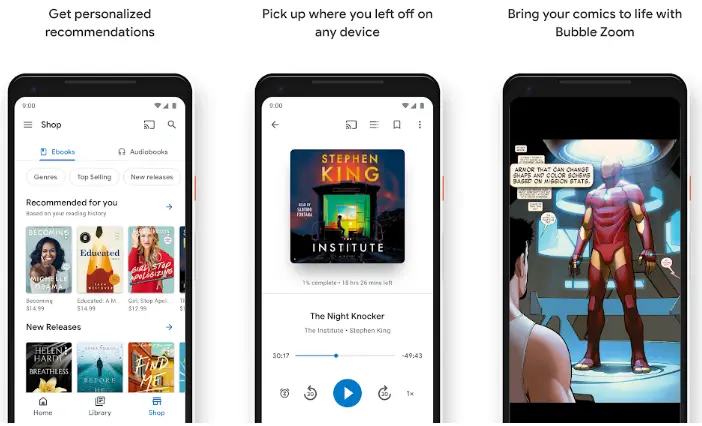






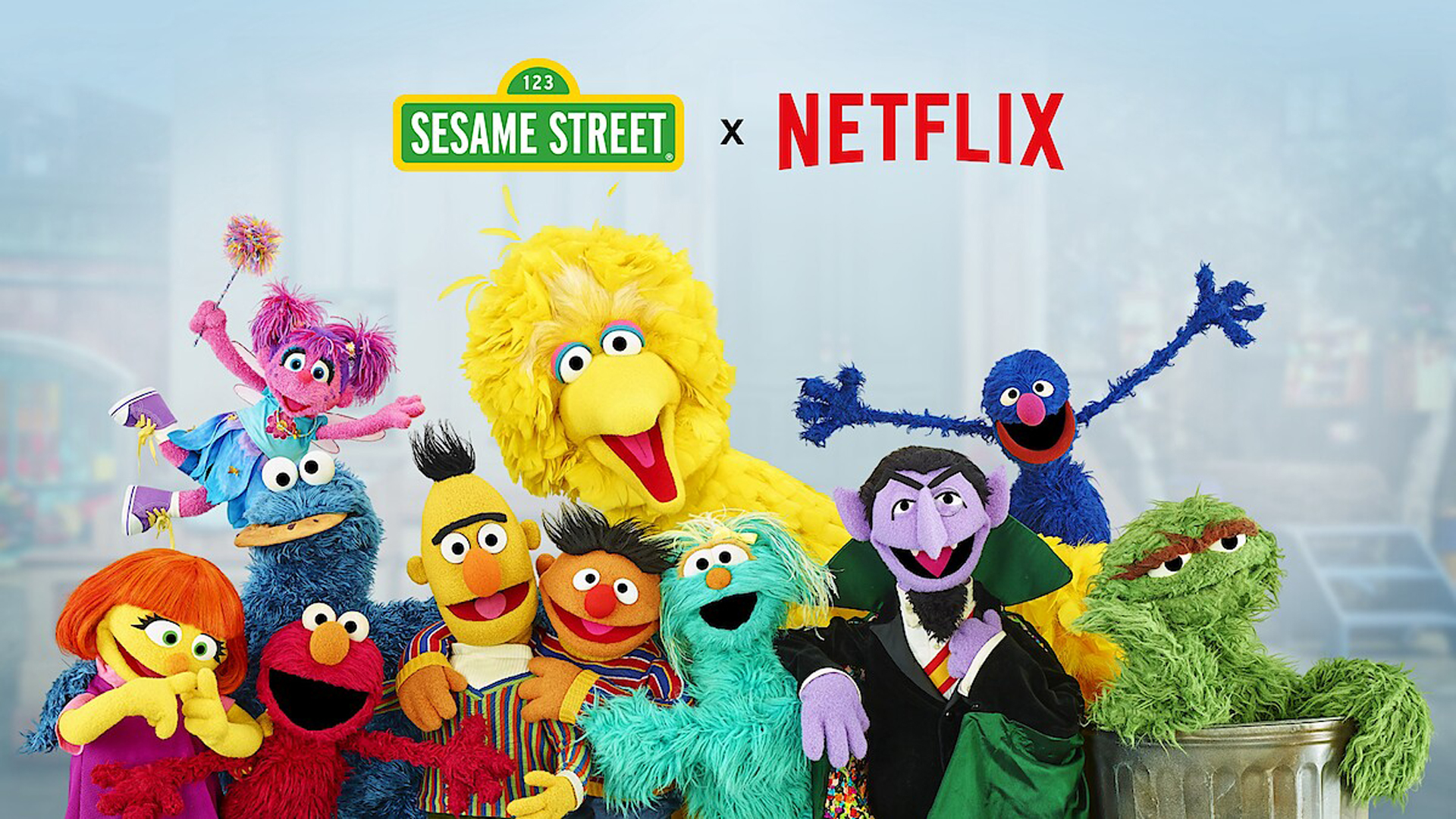







![[Updated With Statement] Verizon’s Motorola Razr 2025 Rollout Is on Hold](https://www.talkandroid.com/wp-content/uploads/2025/04/razr-colorways-2000x1331-1.png)














